What is a Dragon And Do Dragons Exist ?
Dragon Myths And Legends Around The World

Often described as a huge winged snake, the dragon is a mythical animal with supernatural powers. It has a sickly sweet little bewitching voice and a devastating blast capable of decimating entire cities but also, at a distant time, forging weapons and objects endowed with great magical powers. In the Middle Ages, knights had to prove their nobility and bravery by triumphing over a dragon whom savagely protected a great treasure or kept hostage a pretty young princess. The only way for a brave knight to pass such a test was to have a pure heart and a foolproof self-control.
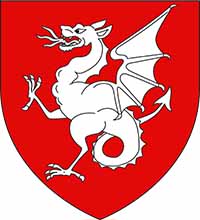
In doughty knights and heraldry, the dragon is synonymous with strength and its emblem is proudly displayed on the shields of noble families as well as on the coat of arms. A warrior symbol, William the Conqueror also had dragon statues on the bow of his fleet before conquering England. During the fifth century in Great Britain, Celtic and Saxon nations each sported a dragon-like flag, as predicted by the famous Merlin in the tale of Uther Pendragon.
The dragon through civilizations and mythology
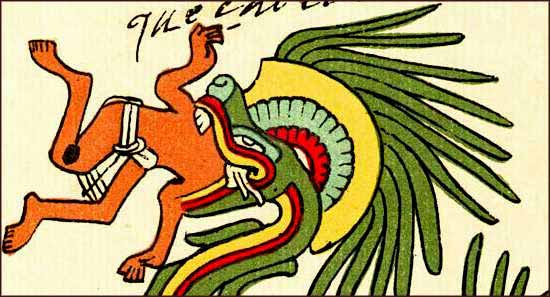
The legends of dragon-like creatures have existed since time immemorial and are of all civilizations: Apophis and the Sphinx in ancient Egypt, Quetzalcoatl among Mayans and Aztecs, the Vouivre in France, the dragon of St. George in Persia, the Fafnir among Scandinavians, Tiamat in Babylon and Sumer ... The dragon is also present in mythologies where it takes the form of the Griffin, the Gargoyle, the Wyvern, the Ouroboros, the Manticore, the Chimera, the Cockatrice and more. It is also frequently mentioned in the Old Testament and in Jewish religion where it is portrayed as a colossal sea monster, the Leviathan.
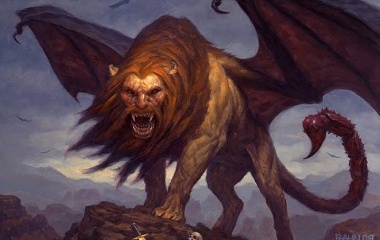
The dragon is truly a timelessly adored and revered animal; already during the Paleolithic era first men often represented dragons on mural frescoes. In antiquity, the dragon was given ancestral wisdom and was considered a force of nature. In medieval times, however, the dragon becomes the symbol of evil and chaos and is greatly despised by the Catholic Church, which sees in this beast only savagery. 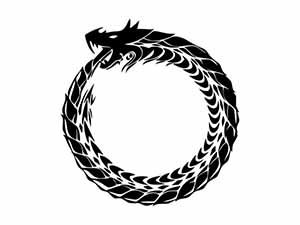 The bad reputation of the dragon would come from the legend of Adam and Eve and the Garden of Eden. Eve, slyly seduced by a snake, bites in the sacred apple and condemns humanity to eternal banishment from paradise.
The bad reputation of the dragon would come from the legend of Adam and Eve and the Garden of Eden. Eve, slyly seduced by a snake, bites in the sacred apple and condemns humanity to eternal banishment from paradise.
Dragons are also described by explorer Marco Polo in his popular manuscript The Book of the Marvels of the World where he makes mentions of huge snakes with extraordinary power located in the highlands of Tibet. Some say that Marco Polo was referring to boas but the resemblance to dragons is striking.
Are dragon legends just a myth or do dragons exist ?
For a very long time, people blindly trusted sacred texts, testimonies of great explorers and stories of famous ancient authors such as Homer and Ovid to support their beliefs about the existence of dragons. 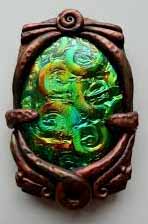 What's more, museums, churches and Cabinets of Wonder have greatly fueled the dragon myth by exposing fossilized teeth and claws (which probably belonged to dinosaurs) as well as remnants of draconite, a stone supposedly found in the skull of this animal. Of course, no one had ever met a dragon, but everyone knew a man who said he had seen one in distant and inaccessible areas like mountain peaks or deep isolated caves. The link between dragons and dinosaurs is strong because, like these, the dragon is a species of gigantic saurian, a very big reptile. At current time and with all of paleontology knowledges that have developed over the past two centuries, most people have stopped believing in the existence of dragons, but the fact remains that this legendary animal is the most popular in the world, both in cinema and in heroic fantasy literature.
What's more, museums, churches and Cabinets of Wonder have greatly fueled the dragon myth by exposing fossilized teeth and claws (which probably belonged to dinosaurs) as well as remnants of draconite, a stone supposedly found in the skull of this animal. Of course, no one had ever met a dragon, but everyone knew a man who said he had seen one in distant and inaccessible areas like mountain peaks or deep isolated caves. The link between dragons and dinosaurs is strong because, like these, the dragon is a species of gigantic saurian, a very big reptile. At current time and with all of paleontology knowledges that have developed over the past two centuries, most people have stopped believing in the existence of dragons, but the fact remains that this legendary animal is the most popular in the world, both in cinema and in heroic fantasy literature.
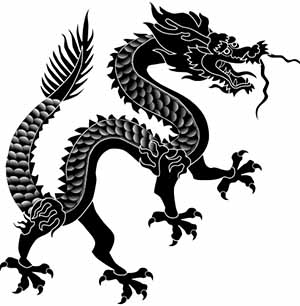
The Chinese dragon
In China, the cult of the dragon is so strong that it has become the country's unique emblem. Chinese people attributes many virtues to dragons such as strength, courage, longevity, wisdom, valor, generosity but they also see in this animal a formidable enemy and a force of nature responsible for the greatest devastations such as floods and typhoons. In Asian tradition, the dragon represents the yang; the principle of sun and man. It is part of all celebrations and of all decorations. It is of great importance in Chinese imperial dynasties and especially with their heirs who proclaim themselves sons of the Dragon. According to the oldest archeological tracks, origins of the Chinese dragon dates back to more than 3,700 years before Christ and it would be a mixture of snake, fish and crocodile. The Pig dragon, one of the oldest forms of Asian dragon, is circularly depicted with reference to yin-yang energy and eternal rebirth.
Dragonology
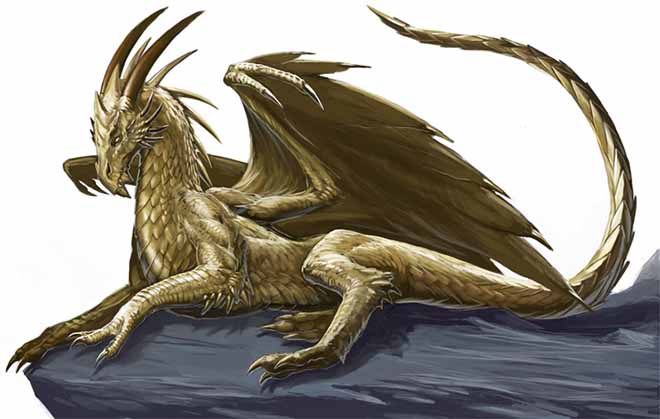
Dragonology is the name given to a science devoted to the study of dragons and all that surrounds this mystical beast. There are several authoritative grimoires but the most interesting ones are The Book of Snakes and The History of Snakes and Dragons. These books offer only three distinctions: winged serpents, huge non-winged snakes and authentic dragons.
In ancient times, witches were considered the leading dragonologists and it was even claimed that some of them were able to control dragons. 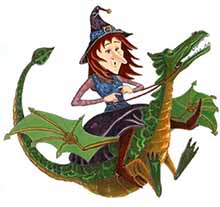 Later, in medieval times, monastery monks are interested in dragons and dragonology but rarely went on the field. Taking advantage of the Enlightenment to establish their science at the turn of the eighteenth century, the first dragonologists began to write real books on the subject. These learned adventurers, inspired by August Drako (the first official dragonologist), were willing to risk their lives to go to remote areas of the planet where they thought they could find dragons. Now a full-fledged branch of zoology, today dragonology is taught in universities and many articles are published in popular journals such as Science and Nature.
Later, in medieval times, monastery monks are interested in dragons and dragonology but rarely went on the field. Taking advantage of the Enlightenment to establish their science at the turn of the eighteenth century, the first dragonologists began to write real books on the subject. These learned adventurers, inspired by August Drako (the first official dragonologist), were willing to risk their lives to go to remote areas of the planet where they thought they could find dragons. Now a full-fledged branch of zoology, today dragonology is taught in universities and many articles are published in popular journals such as Science and Nature.
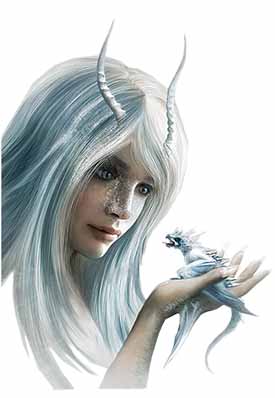
Where did dragons come from ?
To date, there are only two theories to explain the possible existence of dragons on planet Earth. According to the first, dragons would be a form of reptilian life coming from a long evolutionary lineage. They are believed to be one of the oldest creatures on Earth and would date from the Carboniferous, about 150 million years older than early dinosaurs, which could explain why there are almost no traces or remains that may have belonged to a dragon. Dragons would be of the same big family as snakes and crocodiles. The second hypothesis, rather comical, claims that dragons were magically created by Elvish wizards. One last thesis, very little supported, maintains that the origin of dragons is extraterrestrial and that they arrived on Earth during a meteorite rain that would have carried eggs, a long long time ago.









































































































































































































































































































































